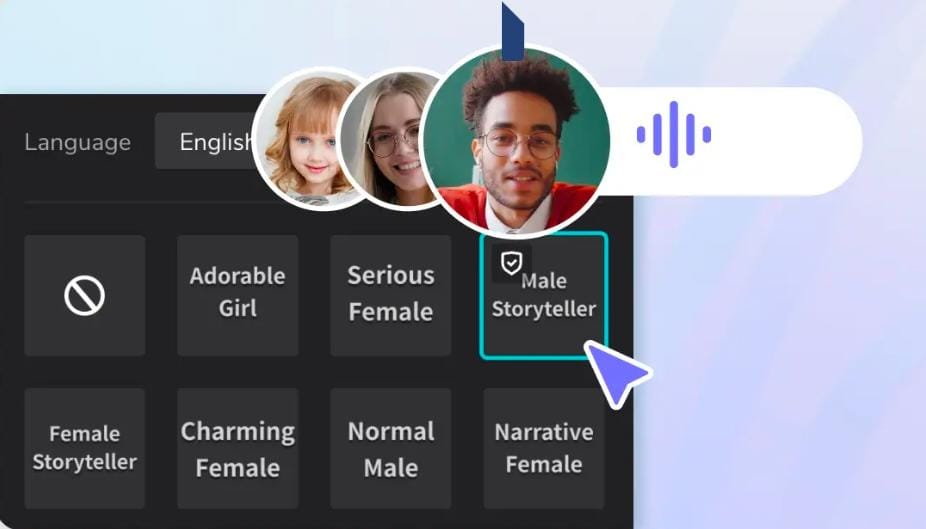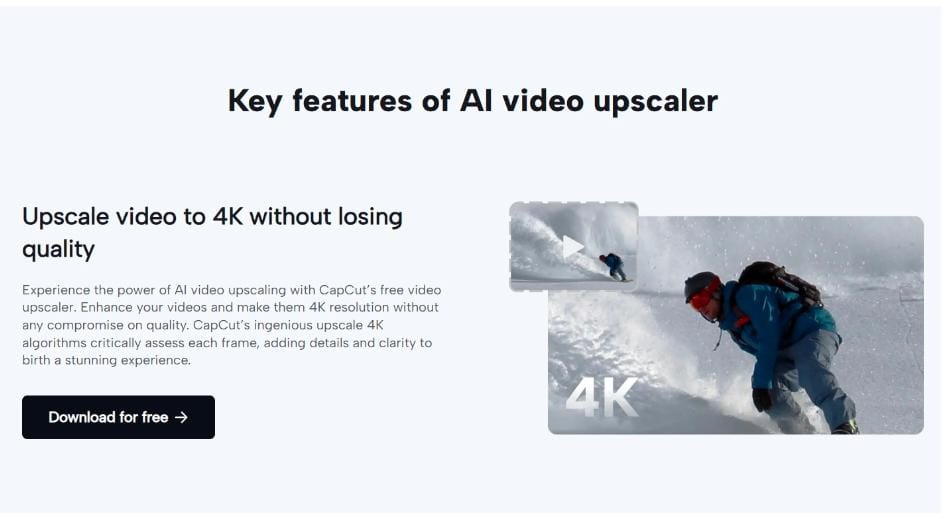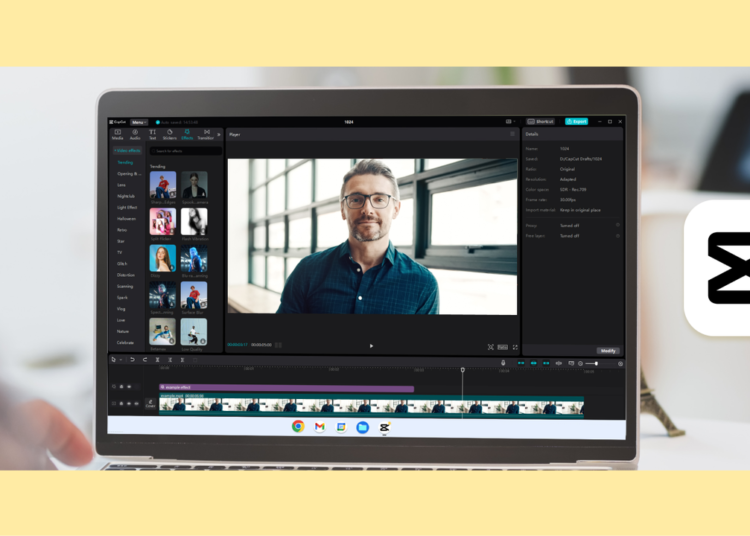Look, I’m not some tech wizard or professional editor. I just want my videos to not look like garbage without spending my entire weekend learning how to keyframe things. After using CapCut for about two months now, I figured I’d share what actually works and what doesn’t.
The whole “AI does everything” marketing sounds too good to be true, right? Well, some of it actually is pretty impressive, but there are definitely some quirks you should know about before jumping in.
First Impressions Matter
When I downloaded CapCut, I expected another overly complex editing suite that would take forever to learn. Instead, I was editing within like 10 minutes. Not kidding. Even the interface makes sense Drag your clips in, and – bang your clips begin to work by themselves.
Now the thing, which struck me the most is the following: the AI features do not feel gimmicky. They really answer actual problems that I was facing. My phone videos were always grainy, my voice recording was not the same and color correction was this weird science that I never got right.
My content is so much more polished now and I spend probably about half the time I did on editing it. My subscriber count has even gone up since I started using these tools, though that could be coincidence.
The Voice Generator is Actually Amazing
Okay, this part blew my mind. I hate recording voiceovers – I stumble over words, my dog starts barking halfway through, and I end up with like 20 takes of the same paragraph. CapCut’s ai voice generator changed everything for me.
You just type what you want to say, pick a voice style, and boom – professional sounding narration. It’s not perfect (some words come out weird), but it’s way better than my shaky phone recordings from under my blanket fort (don’t judge).
The text to speech ai feature has saved me so much time on tutorial videos. Instead of re-recording explanations over and over, I write out exactly what I want to say and let the AI handle it. My viewers actually commented that my audio quality got way better, which made me laugh because there’s no actual human voice anymore.

One weird thing though – sometimes the pronunciation is off on technical terms or brand names. You can usually fix it by spelling things phonetically, but it takes some trial and error.
Making Old Videos Look New
My biggest problem was having tons of footage from my old iPhone that looked terrible compared to newer content. The ai video upscaler seemed like snake oil at first, but it genuinely works.
I uploaded some clips from 2019 that were super pixelated and blurry. The upscaler made them look like they were shot yesterday. Not movie-quality or anything, but definitely usable for YouTube. It’s especially good at fixing compression artifacts from social media downloads.
The processing takes a while for longer clips, so I usually start it running and go make coffee. But the results are worth waiting for. I’ve been able to repurpose old content that was sitting unused in my phone gallery.
There’s a catch though – it works way better on some types of footage than others. Outdoor shots with good lighting get amazing results. Indoor stuff with harsh shadows? Still looks pretty rough even after processing.
Speed vs Quality Trade-offs
Here’s something the marketing doesn’t tell you – there are definitely trade-offs. The fastest AI processing settings give you quick results but they’re not always great. For stuff I’m actually publishing, I use the slower, higher quality settings.
The ai voice generator has similar options. Quick mode sounds more robotic but renders in seconds. Quality mode takes longer but sounds way more natural. For my main channel videos, I always go with quality mode.
Export times vary wildly depending on what AI features you’re using. A simple edit with just text to speech ai exports pretty fast. But if you’re upscaling video, adding voice generation, and doing color correction, plan on waiting a bit.
What It Actually Costs
This is where CapCut gets interesting. Most of the basic AI features are included without paying extra, which shocked me coming from Adobe’s world of nickel-and-diming for everything.

The ai video upscaler has some limitations on the free tier – you can only process so many minutes per month. But for my typical usage, it’s been enough. If you’re doing this professionally, you might need to upgrade.
Compared to paying for separate voice generation services, upscaling tools, and editing software, having everything in one place saves money. I calculated that I’m spending about 60% less than my old setup with multiple subscriptions.
Who Should Actually Use This
If you’re making content regularly and getting tired of the tedious parts of editing, CapCut’s AI tools are worth trying. They’re especially good for educational content, product reviews, and social media videos where consistency matters more than artistic flair.
For cinematic stuff or client work where every detail needs to be perfect, you might still want traditional editing software. But for YouTube, TikTok, Instagram – basically anywhere speed matters more than Hollywood production values – these tools are game changers.
I wouldn’t recommend it for complete beginners who want to learn proper editing techniques. The AI does so much automatically that you don’t really understand what’s happening behind the scenes.
Final Thoughts
Look, CapCut’s AI features aren’t magic, but they solve enough real problems to be worth the learning curve. My videos look better, my workflow is faster, and I’m actually enjoying editing again instead of dreading it.
The ai voice generator alone has saved me probably 10 hours of recording time in the past month. And being able to rescue old footage with the upscaler means I have way more content to work with.
Is it perfect? Nope. Will it replace human creativity and skill? Definitely not. But for regular creators who want their content to look professional without becoming full-time video editors, it’s pretty solid.
Just manage your expectations, be prepared to tweak the AI results, and maybe keep a backup editing app for when things go weird. When trends like pinay flex new viral content pop up, the editing still needs a personal touch. But yeah, I’m sticking with it.






